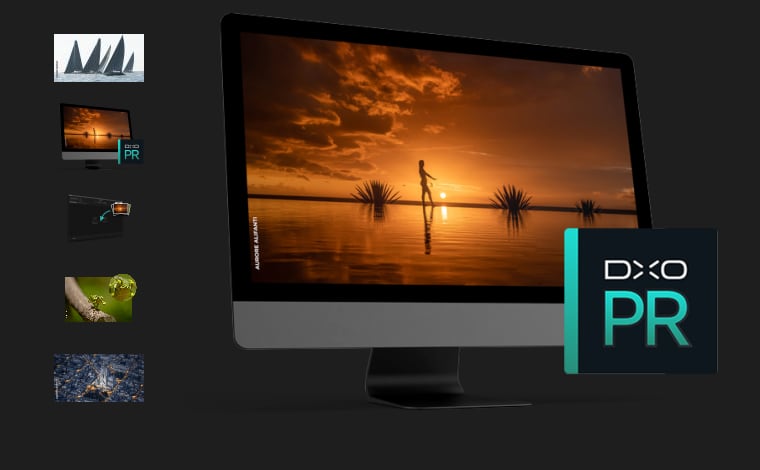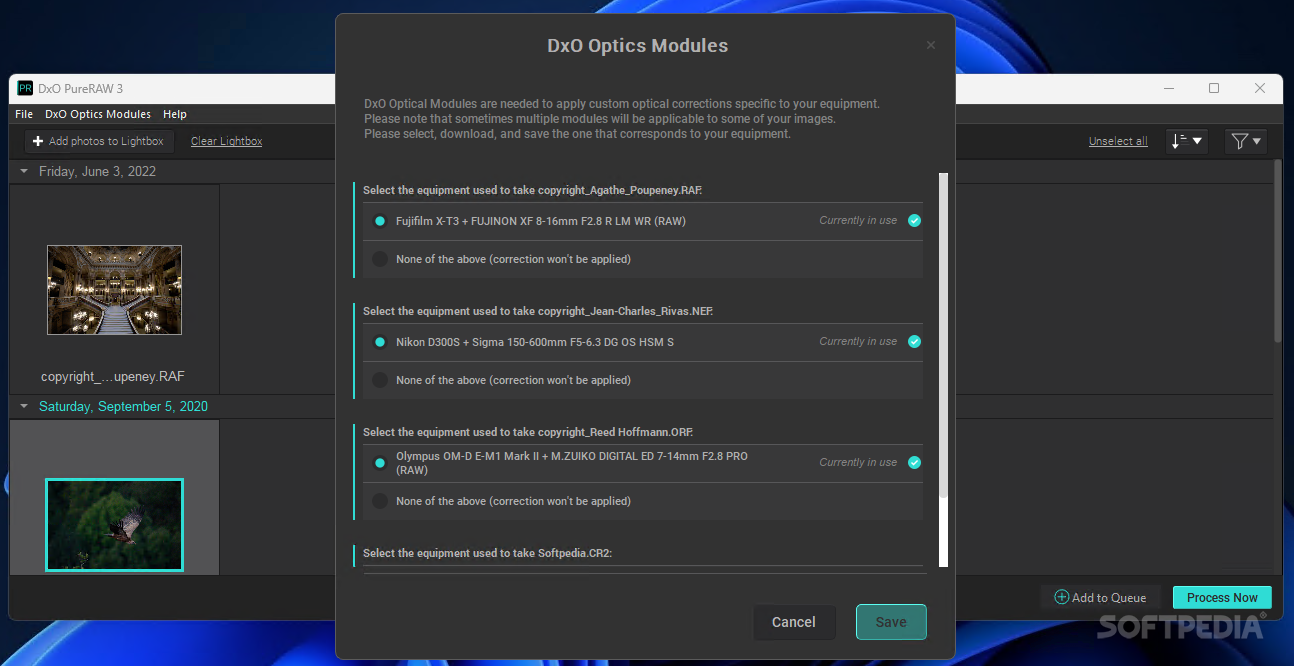

- #DXO PURERAW UPDATE HOW TO#
- #DXO PURERAW UPDATE FULL SIZE#
- #DXO PURERAW UPDATE WINDOWS 10#
- #DXO PURERAW UPDATE SOFTWARE#
I also applied Lightroom’s lens-profile corrections. In the shot above, the left shows the image in Lightroom, with enough noise reduction applied to approximate the level of noise in the same image run through DxO PureRAW on the right. Compare the same image after applying noise reduction and Auto Tone in Lightroom (left) and DxO PureRAW (right). You can see that in the clouds in the background below. DxO reps told me that PureRAW improves bokeh as well, which cameras tend to add graininess to. With other software, when you sharpen an image after reducing its noise, you often end up sharpening what should be a blurry background, something you really don’t want.
#DXO PURERAW UPDATE SOFTWARE#
Noise reduction from Adobe and other software developers usually blurs photos a bit. How Well Does DxO PureRAW Work?ĭxO’s noise reduction does a much better job than most of the competition when it comes to keeping details sharp while eliminating speckles. A dialog box pops up that gives you the choice once processing completes, as shown below. The other option besides using this view, and probably the one that makes the most sense, is to export the image(s) to your photo workflow application of choice.

As you can see in our test photos, the app produces remarkable, dramatic improvements. The left side shows the unoptimized image, while the right side displays the processed one.
#DXO PURERAW UPDATE FULL SIZE#
CR2 shot through the utility resulted in a 102MB DNG file.Īfter you put images through PureRAW’s magic, you can view them full size with a before-and-after split screen. One downside is that file sizes balloon after PureRAW processing. CR3 and raw files from Nikon’s mirrorless Z 6 cameras, as well as with longtime standbys like the Canon EOS 6D or T1i. The software had no trouble working with newer formats like Canon’s. If you just want the improved image and don’t plan on further editing, the JPG option is for you. The latter makes sense if you’re going to continue adjusting the photo in Lightroom or another photo app.

You also choose whether you want the output to be in JPG or DNG (Adobe’s universal raw file format). The last is the default, and it's your best option because it combines the speed of HQ with even better results than Prime, thanks to its machine-learning tech. You can choose from DxO’s three noise-reduction technologies: HQ, Prime, and DeepPrime. Alternatively, you can select images from a folder in File Explorer or Finder. It’s mostly a blank panel onto which you drag and drop the photos you want to process. Since it’s more of a utility than a full workflow or editing application, DxO PureRAW sports a remarkably simple interface. It also offers sample raw image file downloads you can use to test the program.
#DXO PURERAW UPDATE HOW TO#
When you first run PureRAW, you see helpful instructions on what it does, how to use it, and how to integrate it into your photo workflow. A decent GPU is recommended but not required. I ran it on an Intel Core i7-based PC running Windows 11 and on a MacBook Air with an Apple Silicon M1 processor. You need at least an Intel Core i5 on Macs, a Core 2 or higher on Windows, and at least 4GB RAM on either.
#DXO PURERAW UPDATE WINDOWS 10#
The software runs on macOS 10.15 (Catalina) or later and 64-bit Windows 10 Version 1809 or later, or Windows 11. I couldn’t find any recent Lightroom market share studies, but judging by informal surveys at photo trade shows and elsewhere in the industry, it seems safe to say that the vast majority of photographers who shoot raw camera files use Lightroom Classic. The only problem is that, if you use PureRAW, you still must pay for another program like Adobe Lightroom or Photoshop, though there are viable lower-cost photo workflow software options like ACDSee Photo Studio, Corel PaintShop Pro, CyberLink Photodirector, and Skylum Luminar Neo. That’s a good savings over DxO’s main photo software, PhotoLab, which costs $219 for the version with all the advanced enhancements in PureRAW, such as DeepPrime noise reduction.

It's a one-time cost for a permanent license-no subscription required. DxO PureRAW 2 costs $129, discounted to $79 for purchasers of Version 1.


 0 kommentar(er)
0 kommentar(er)
